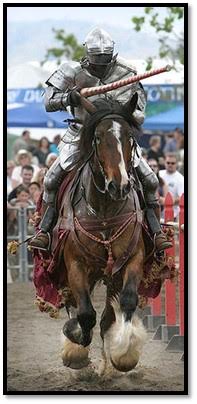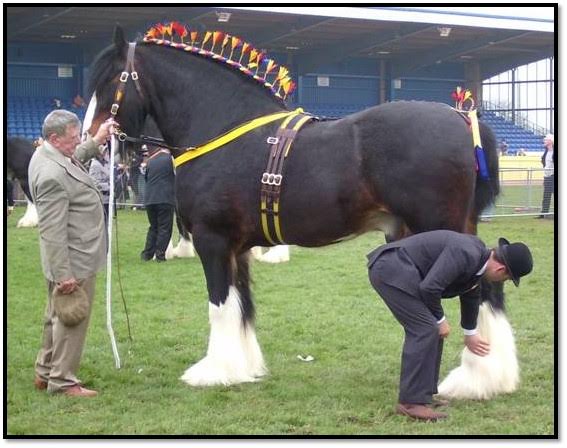The gentle giant – shire horses
The shire horse, looks like he stepped right out of a medieval fairytale, carrying his night in shining armour, with his massive height, long mane, furred feet and giant hooves they truly are a fairytale fantasy in real life.
A true “gentle giant”, the Shire is renowned for its docile temperament, strong work ethic and immense height, making the breed the largest in the world.
Shire horses are known for being docile, laid-back and easy to train. Spooking, bucking, rearing and shying are unusual behaviors for a shire horse. Generally, they aim to please and don’t mind children, dogs, cars, water or loud noises. This mellow state of mind is often attributed to the fact that shire horses were originally developed as war horses, a calling that required them to remain calm on a dangerous and chaotic battlefield.

These majestic shire horses came straight out of the rural shires of England, such as Cambridgeshire and Lincolnshire, more than a 1000 years ago to ride into war, work on farms and haul heavy loads.
History mentions shire horses by different names: the Great Horse, the War Horse, the Cart Horse, the Old England Black Horse, the Lincolnshire Giant as well as the Shire.
The Shire breed began over 1000 years ago, developing from the horses of Julius Caesar and infusions of the blood of Belgians, Horses of Flanders, and in the 18th century, Friesians. The Packington Blind Horse, a stallion which lived in the late 1170s, is regarded as a foundation sire of the Shire horse breed.
The Shire Horse Society of England, the original registry for the Shire, was officially established in 1878 as the English Cart Horse Society, but changed its name to Shire Horse Society in 1883, as the term “cart horse” was used then much as “draft horse” is used today. The first Shire horses were imported to the United States around the middle of the 19th century, and the American Shire Horse Association was established in 1885.
The Shire is a good and faithful worker in agriculture and commerce, and has been said to be a synonym for strength, constitution, energy, and endurance. Shire horses are docile and kind, but have personality to spare and a strong desire to form a genuine partnership with the people who handle them. They are used for every discipline a horse can be used for, from logging to commercial carriage driving to dressage to trail riding. Living up to his calm and accepting nature, the Shire has shown himself to be a champion in all equine related disciplines, from the show ring to the furrow.
It would be easy to confuse the Shire Horse with the Clydesdale. The head is longer and narrower in profile, with a smaller cheekbone. The nose is slightly Roman. The neck is long, arched and set high. The back is short, and the shoulders and chest are powerful and muscular. The hindquarters are not quite as bulky as a Clydesdale, but nevertheless, powerful and well-muscled. Overall, the Shire Horse has a commanding and powerful presence.

Shires may be black, brown, bay or grey. Occasionally a sorrel will be seen. They usually have some white facial marking, typically a blaze, and white stockings, often on all 4 legs and reaching up to or over the knees and hocks. The legs will always bear the famous “feather”, long thick hairs springing from the legs below the knees and hocks that will in most cases cover the entire hoof down to the ground.
Height
Shires range from 16.2 hands upward, average height being 17.2, but many individuals reaching 18 to 19 hands and taller.
Weight
Shires can weigh as much as 2800 lbs or more, but weights between 1800 and 2100 lbs are most common.
For many years, until his death in 2001, a Shire Horse gelding named Goliath was the Guinness Book of World Records record holder for the world’s tallest horse. He stood at over 19 HH. The world’s largest horse may have been a Shire named Mammoth, born in 1848. He stood 21.2 hands high, and weighed an estimated 3,300 lbs (1500 kg).








